The Science of Tanning
Tanning is a natural process that occurs when our skin is exposed to ultraviolet (UV) radiation, whether from the sun or artificial sources like tanning beds. It’s essential to understand the science behind tanning to ensure we maintain healthy skin while achieving that desired golden glow.
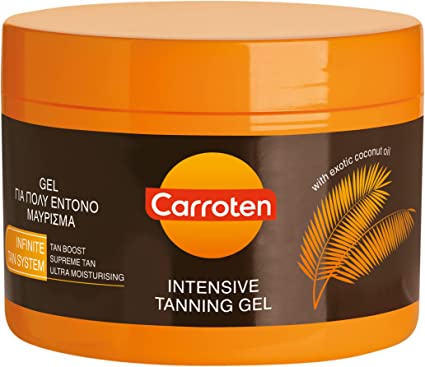
Carroten Tan Express Intensive Tanning Gel
The Melanin Production Process
When our skin is exposed to UV radiation, it produces a pigment called melanin as a defense mechanism. Melanin absorbs the UV radiation and helps protect our skin from damage. The more melanin we produce, the darker our skin becomes, resulting in a tan.
Sun Tanning versus Artificial Tanning
There are two primary methods for tanning: sun tanning and artificial tanning. Sun tanning involves exposing your skin to the sun’s natural UV rays. Artificial tanning, on the other hand, uses devices like tanning beds or spray tans to achieve a similar effect. It’s important to note that both methods carry risks, so moderation and proper skin care are essential.
Skin Types and Tanning
Understanding your skin type is crucial when it comes to tanning, as it can help you determine your skin’s sensitivity to the sun and the best approach to achieve a tan without causing damage.
Fitzpatrick Skin Types
The Fitzpatrick Skin Type scale classifies skin types based on their reaction to sun exposure. It includes six types:
Type I
Very fair skin, burns easily, and rarely tans. People with this skin type should be cautious about sun exposure and consider alternative tanning methods.
Type II
Fair skin, burns easily, and tans minimally. People with this skin type should also be cautious with sun exposure and explore other tanning options.
Type III
Medium skin, burns moderately, and tans gradually. People with this skin type can develop a tan with sun exposure but should still be cautious and practice proper skin care.
Type IV
Olive skin, burns minimally, and tans easily. People with this skin type can develop a tan more easily but should still be mindful of sun exposure and skin care.
Type V
Brown skin, rarely burns, and tans very easily. People with this skin type can tan with little risk of sunburn but should still practice proper skin care.
Type VI
Dark brown or black skin, almost never burns, and tans very easily. People with this skin type should still be cautious with sun exposure and maintain proper skin care.
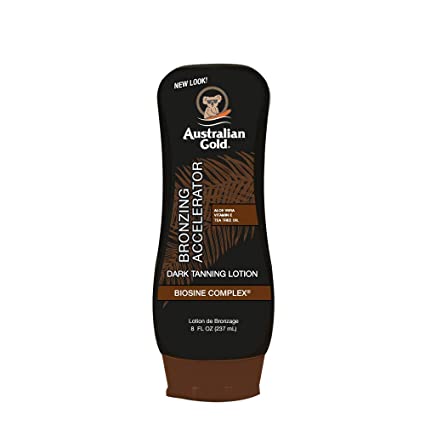
Australian Gold Dark Tanning Accelerator Lotion With Bronzer, 8 Ounce, New Package Same Formula
Tanning and Skin Health
Tanning can have both benefits and risks to our skin health. It’s essential to be aware of these factors when choosing to tan.
Benefits of Tanning
Moderate sun exposure can help our bodies produce vitamin D, essential for bone health and immune system function. A tan can also enhance our appearance, making us feel more confident and boosting our self-esteem.
Tanning Risks
The risk of skin cancer, early aging, and skin damage can all be raised by excessive tanning, whether it comes from the sun or from artificial sources. The necessity to protect our skin from injury must be balanced with the desire to get a tan.
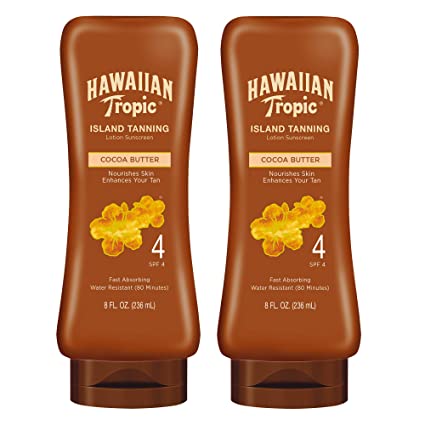
Hawaiian Tropic SPF 4 Sunscreen, Protective Dark Tannning Sunscreen Lotion 8 Ounces , 2 Count (Pack of 1)
Tips for Healthy Skin While Tanning
Recognize your skin type: To learn how your skin responds to sun exposure and the ideal tanning strategy for you, find out your Fitzpatrick Skin Type.
To protect your skin from damaging UV rays, use a broad-spectrum sunscreen with at least SPF 30.
Limit sun exposure during peak sun hours, which are from 10 a.m. to 4 p.m. and are when UV radiation is at its greatest.
Put on protective clothing: To protect your skin from the sun, put on caps, sunglasses, and long-sleeved shirts.
Build a gradual tan: Gradually increase your sun exposure to give your skin time to adjust and more efficiently manufacture melanin.
Drink enough of water to keep your body hydrated and your skin healthy.
Think about alternatives: To reduce the hazards connected with UV exposure, consider using self-tanners or spray tans as an alternative to tanning.
Proper skin care.
To maintain the health and beauty of your skin after tanning, proper aftercare is essential. Take these actions:
Take a cold shower to chill off and remove any perspiration, salt, or sunscreen from your body.
Apply a moisturizing, calming lotion or cream to your skin to restore moisture and aid in the maintenance of your tan.
Exfoliate gently: To eliminate dead skin cells and keep your skin smooth, use a loofah or a light exfoliating scrub.
Drink plenty of water to keep yourself hydrated so that your skin is well-hydrated from the inside out.
Wear loose, breathable clothing instead of tight clothing to help your skin to breathe and recover.
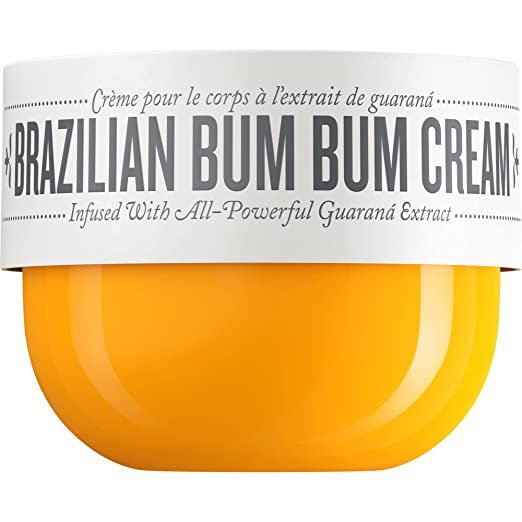
SOL DE JANEIRO Brazilian Bum Bum Cream
Conclusion
Understanding the science of tanning and your skin type is essential to getting a healthy, radiant tan. Tanning and skin care are closely related. Always take good care of your skin before, during, and after tanning, and be aware of the dangers of excessive UV exposure. You may profit from tanning while preserving the health and look of your skin if you take the proper precautions.
FAQs
Is sun exposure always bad for the skin?
No, not always. The generation of vitamin D may benefit from a moderate amount of sun exposure. But sunbathing too much can raise your risk of skin cancer, early aging, and skin damage.
Can I tan without getting burned?
Yes, you can lower your risk of burning and get a healthy tan by knowing your skin type, using the right tanning techniques, and taking care of your skin.
When tanning, how often should I reapply sunscreen?
Apply sunscreen at least 30 minutes before exposure to the sun. Reapply sunscreen every two hours, as well as right away after swimming or perspiring.
How can I prolong the life of my tan?
After tanning, maintaining regular skin care, such as moisturizing and mild exfoliating, might help your tan last longer.
Self-tanners: Are they safe to use?
Since self-tanning doesn’t expose users to dangerous UV rays like sunbathing or tanning beds do, it is generally thought to be a safer choice. To make sure you won’t experience an adverse response, always test a new product on a small area of skin first.
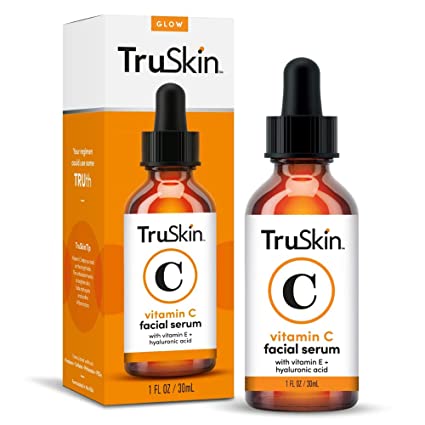
TruSkin Vitamin C Serum for Face – Anti Aging Face Serum with Vitamin C, Hyaluronic Acid, Vitamin E – Brightening Serum for Dark Spots, Even Skin Tone, Eye Area, Fine Lines & Wrinkles, 1 Fl Oz
